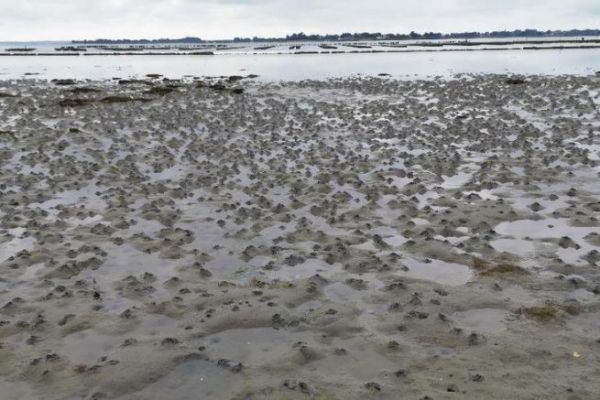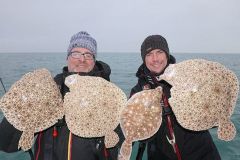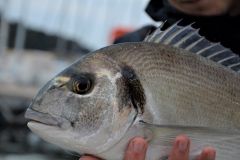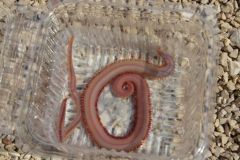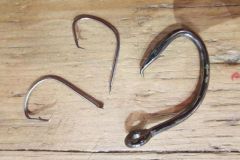The areca worm, often called the "mud worm" or "black worm", is a large marine worm measuring between 10 and 30 cm. Not only are they of interest to doctors for the oxygenating power of their hemoglobin, but they are also highly prized by fishermen as excellent bait, especially for sea bream.
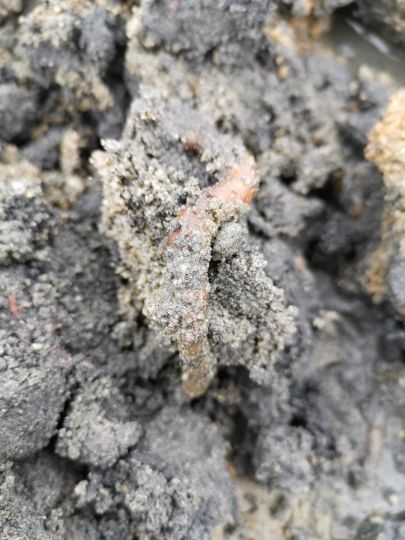
Foreshore and mudflats
To pick them up, simply go to the mud flats from the second half of the dip.
You'll have no doubt of its presence when you discover hundreds of wiggles covering the ground. An indication of the immediate presence of a worm in the vertical position of each one.
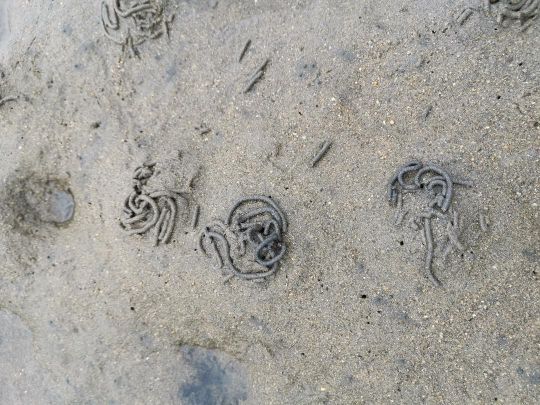
Collect and store them
Once you've found the right spot, harvesting areicola quickly and in large quantities is not a problem.
Using a sturdy fork, dig down to a depth of at least 30 cm under each twist and pick up the uncovered worm. You'll need to be quick, however, as the areca worm is capable of sinking very quickly into the mud and will then be out of reach.
To avoid breaking the worm, plant your fork 15-20 cm from the twist and dig in one go as deep as possible.
Rinse with sea water and place in a bucket lined with seaweed. Keep them in the fridge for several days, with no water at the bottom of the bucket.
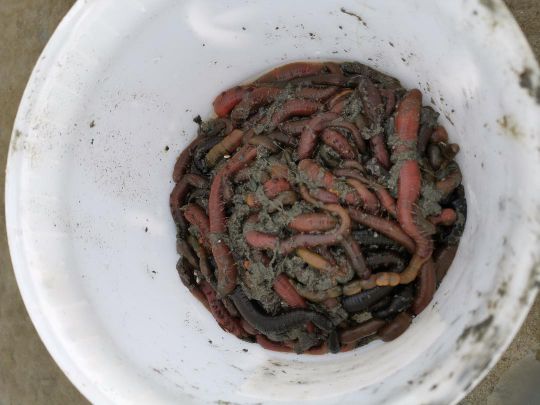
Escher an arenicole
To correctly bait a areca or any other worm on a hook, you need a worm needle. This has a pointed side and a hole on the other side where you can place the point of your hook.
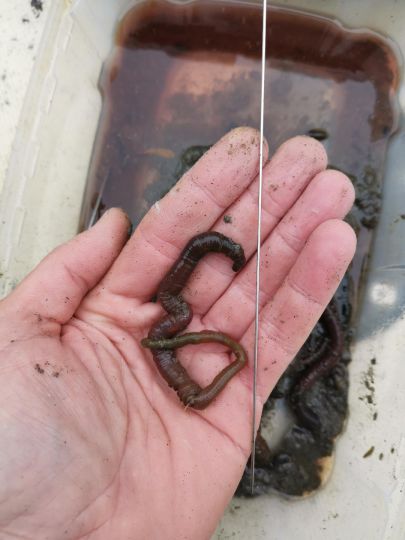
Step 1:
Thread the worm onto the needle, starting from the head (widest side)
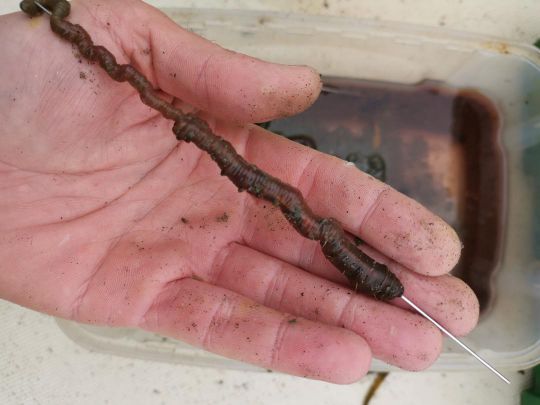
Step 2:
Place the tip of your hook in the needle hole and hold the thread under tension.
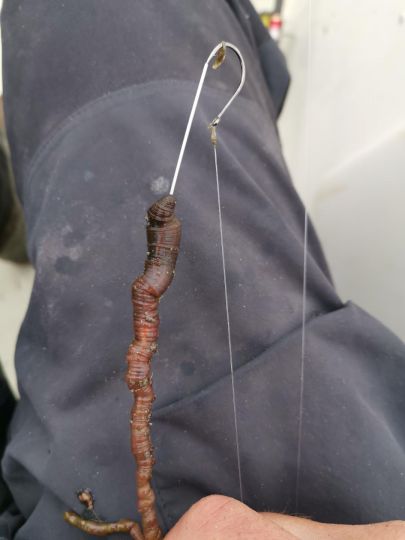
Step 3:
Slide the worm from the needle to your hook and pull it up onto the thread.
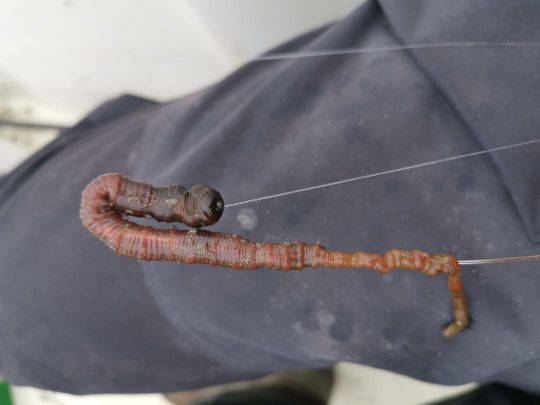
This ensures that your arenicole is properly baited and more resistant to the throws and attacks of small fish and crabs.
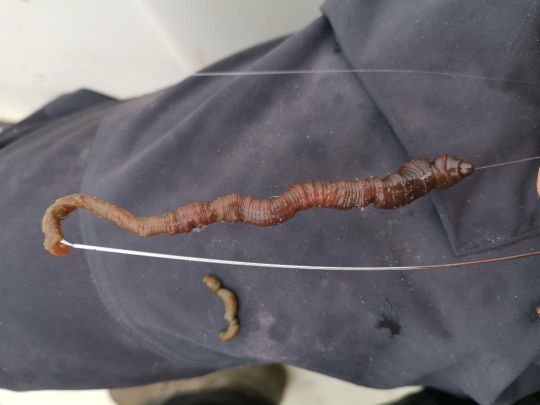

 /
/ 